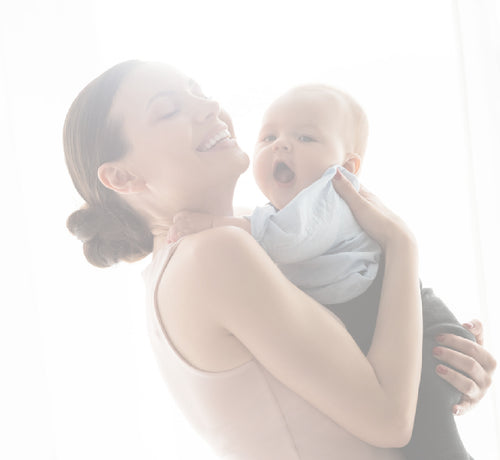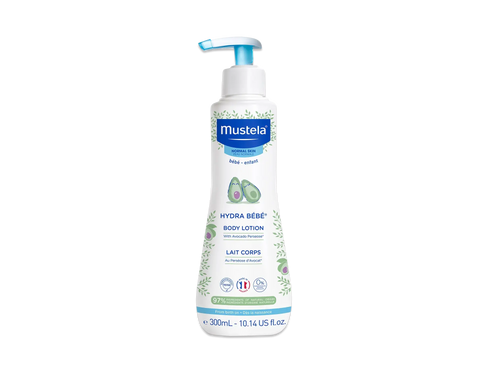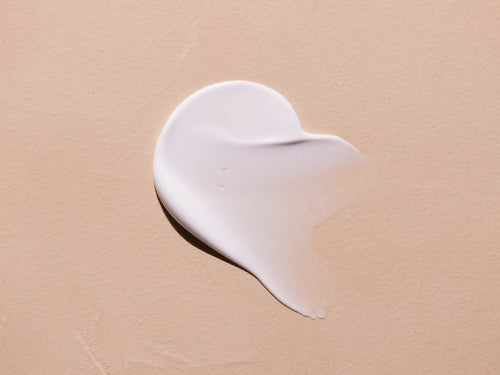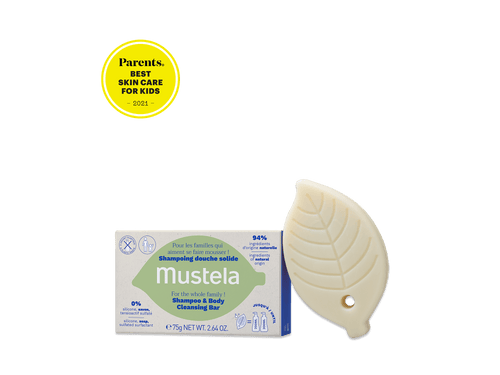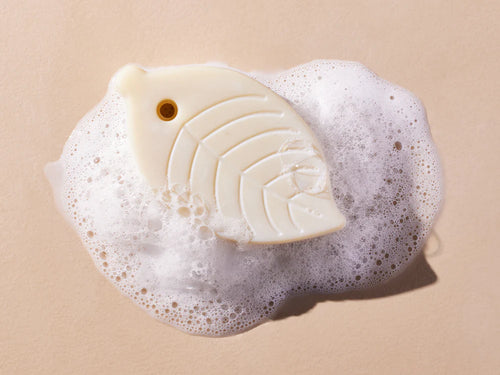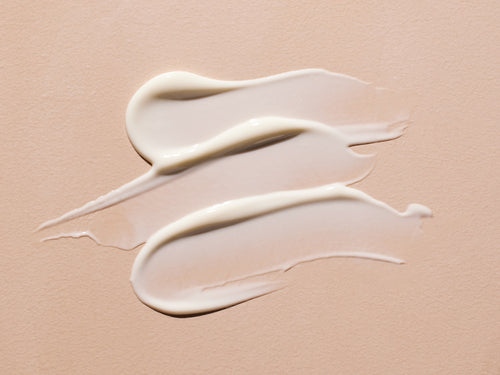It’s understandable to have anxiety about how to hold a baby; babies are tiny and fragile. And if you didn’t have any baby siblings, or you’re the first in your circle of friends to have kids, you may not have had a chance to practice until it’s time to cradle your own bundle of joy.
Your anxiety comes from a place of concern for your little one, so don’t be embarrassed by it. When it comes to the safety of your child, there are no silly questions. The fact is, there are right ways and wrong ways to hold a baby.
Of course, you want to hold your baby. And babies, especially newborns, want to be held! So let’s go over what you need to know about the proper way to hold a baby so that both you and your little one can feel safe and secure.
Table Of Contents
- Baby Physiology
- How To Hold A Baby: The Pick Up
- How To Hold A Baby: Positions
- Other Tips On Holding Your Baby
Baby Physiology

To ensure you’re picking up and holding your baby properly, you need to understand some things about baby bodies.
Babies actually aren’t quite as fragile as they may seem, but there are two main physiological factors you need to keep in mind when you think about how to hold a baby.
First, babies have extremely weak head and neck muscles for the first few months of their lives. These muscles are so weak, in fact, that newborns can’t support their own heads.
This means it’s critical to keep your little one’s neck and head supported at all times when you are picking them up or holding them. Your goal should be to avoid ever letting your baby’s head flop or slump.
The second factor to keep in mind is the Moro reflex, sometimes also called the “startle” reflex.
Have you ever been drifting off to sleep and suddenly had a sensation like you were falling, causing you to jerk back fully awake? The Moro reflex is something like that.
If your baby’s head position suddenly changes or their head falls backward, they will quickly extend their arms and neck, then relax and curl back in on themselves. They may also briefly cry.
Your baby isn’t harmed by the Moro reflex in itself. In fact, the reflex is there to help protect them until their head and neck muscles get stronger, at which point the reflex will disappear. But, of course, you’ll want to avoid startling your little one, especially if you’re trying to rock them to sleep.
How To Hold A Baby: The Pick Up
Learning how to hold a baby correctly starts with learning the correct way to pick them up.
Slide one hand under your little one’s head and neck. Be careful not to put pressure on the fontanelles (soft spots where the plates of the baby’s skull haven’t fused together yet). Spread your fingers out to make sure the head and neck are getting all the support they need.
Slide your other hand underneath the baby’s bottom. (This serves the double purpose of helping you see if a change is needed before you bring a dirty diaper closer to your face!)
Slide your other hand underneath the baby’s bottom. Then, scoop them up and pull them up close to your body.
Be careful when picking up a baby if you have back problems. It may seem silly to think you could have a problem picking up something so light, but you should still use proper lifting technique. Bend your knees and lift with your legs.
Congratulations! You have now successfully picked up your baby. Now what technique will you use to hold your precious little one?
How To Hold A Baby: Positions
The Cradle Hold

This is one of the most common and comfortable ways to hold a baby, especially a newborn.
In the cradle hold, your baby fits into the crook of your arm (typically your right arm if you’re right-handed), with their head resting between your arm and chest and their legs and feet draped over your non-dominant hand.
“Hold the baby like you would hold a football” is sometimes given as light-hearted advice to people nervous about holding a baby for the first time, and it’s not a bad tip!
This is also a good technique for moms to use during breastfeeding.
The Shoulder Hold

Bring your baby’s body upright, parallel to yours. Rest them on your chest and shoulder, supporting their head and neck with one hand. Keep your other hand underneath their cute little butt.
In this position, your baby will end up peeking over your shoulder behind you (though they may look around when the muscles get stronger).
The Belly Hold

Sometimes called the “tiger in a tree” or “colic carry,” let your baby lie with their stomach along your forearm and their head over your elbow. Keep your hand under their pelvis. Their arms and legs can safely dangle.
This is a good hold to use when your baby is gassy because you can stroke their back with your free hand to help release any built-up gas.
The Face-To-Face Hold

In this hold, your baby is in a reclined position facing you, with their lower body supported against your torso just below the chest.
As always, support their head and neck with one hand. Keep your other hand under their bottom so that they don’t slide down your torso. If you’re sitting down, then they can sit in your lap.
While many of the holds we discuss here are good for helping to lull your baby to sleep, the face-to-face technique is great for interacting with your little one while they’re awake.
The Chair Hold

This is an excellent technique to use when your baby is a bit older, around three months, and starting to get curious about their surroundings. In essence, your baby sits on one of your hands or in your lap like they’re sitting in a chair.
Let them lean back slightly against your chest for head and neck support, facing away from you. Put the hand that isn’t underneath them across their chest to prevent them from slumping to either side.
From this position, your baby can get a good view of the environment around them.
Other Tips On Holding Your Baby
Things Not To Do
Now that you know the right way to pick up and hold your baby, let’s quickly go over some things to avoid.
Never pick your baby up by the arms or lift them by putting your hands under their arms. This puts too much stress on their joints and doesn’t properly support the head and neck.
You’ll notice all of the techniques we covered mention the placement of both hands. Generally, you should never try to hold your baby in just one arm.
You should never hold your baby in one arm with a hot drink in your other hand, and never try to cook or perform other complex tasks while holding your child. And, lastly, take a moment to make sure your little one is properly secured before going up or down stairs.
What If Your Baby Seems Unhappy Being Held?
If your baby won’t stop fussing in your arms, it doesn’t mean you’re hurting them or doing anything wrong. There may be some other issue causing them discomfort.
If they’re bothered by diaper rash, it may be time to start using Mustela Diaper Rash Cream 1 2 3 during changes.
Or try a soothing bath with our Gentle Cleansing Gel and Foam Shampoo for Newborns to help relax them. After bath time, gently massage your little one with our moisturizing Baby Oil to lock in moisture.
If you’ve eliminated simple issues like hunger or skin irritations, then your baby may be constipated or running a fever. Consult your pediatrician if you’re concerned.
Hold On To Those Precious Moments

It’s natural to be nervous about how to hold a baby at first, but when you understand newborn physiology and get a little bit of practice, your arms will become the safest place for your baby to be.
If cradling your little one doesn’t make them settle down no matter what position you try, it may be time to look for other factors making them fuss. At Mustela, we offer a range of baby-safe care and cleansing products to help keep your little one clean, healthy, and happy.
Holding your baby should be an experience that brings you joy, not stress. Don’t let self-doubt stop you from treasuring this time with your little one.
Stay tuned to the Mustela blog for more newborn and child care tips, and have confidence in yourself. You’ve got this!


